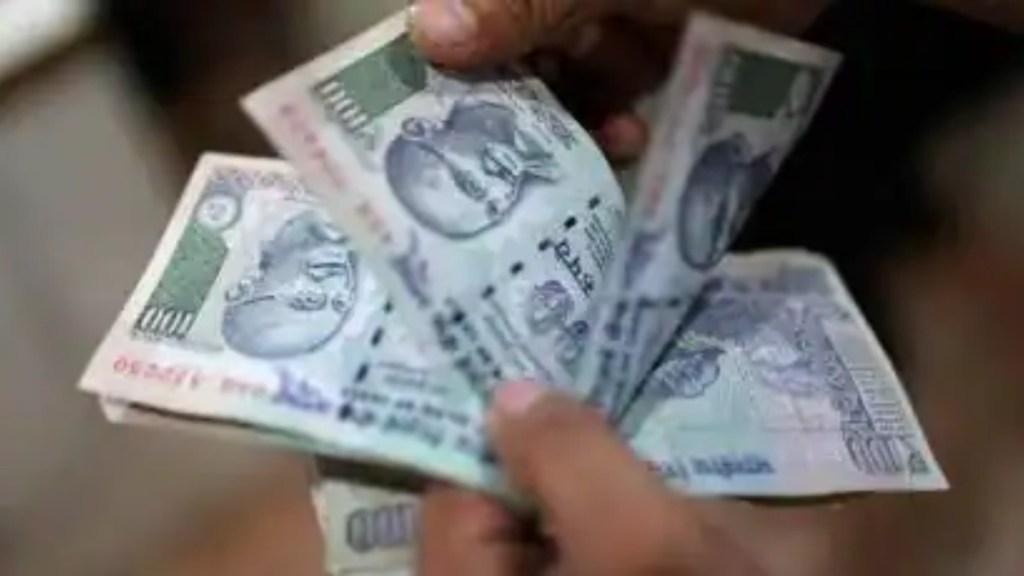As the Narendra Modi government 3.0 government completes 100 days on Tuesday, FE takes a look at the steps taken by it, and whether and how they signal policy priorities have shifted in the new coalition regime. Fiscal consolidation and infrastructure push remain the government’s top priorities, with a widening of social security cover. The period also saw a few policy rollbacks, showing underlying political pressures.
In the first 100 days of Modi 3.0 government, the Centre unveiled guaranteed pension for its staff recruited after 2003, Rs 5 lakh-a-year health insurance cover to senior citizens above 70 years irrespective of income status, and 30 million new houses under Pradhan Mantri Awas Yojana in the next few years.
These steps are in sync with the policy focus on priority groups like the poor, middle class and women. Modi was sworn in on June 9, 2024, for his third term, but with reduced majority and the need to rely on allies.
The call for restoration of the unfunded old pension scheme (OPS) was resisted, the government’s new Unified Pension Scheme (UPS) is fully funded one. Under UPS, government staff would be entitled to 50% of average last 12 months’ basic pay and dearness allowance as pension, inflation-adjusted dearness relief, pension to the spouse upon death of the pensioner at 60% of last pension drawn and a minimum Rs 10,000 pension. All these benefits are nearly similar to OPS, without putting the exchequer to any major fiscal risk.
However, a reform-oriented approach to hiring talent from the private sector to assist the government in governance has been put on the backburner due to protests from a section for not having reservations based on caste. The Union Public Service Commission was forced to rescind an advertisement inviting applications for 45 posts of director, joint secretaries and deputy secretaries under various ministries and departments.
The Budget 25 underscored the government’s commitment to fiscal consolidation, and keep capex budget at elevated levels, despite the resource constraints.
The Economic Survey 2024 was noted for some radical suggestions, including wooing of foreign direct investment (FDI) from China, and putting a stop to the practice of privileging capital over labour.
While commending the post-pandemic “emergence of the Indian retail investor,” the survey warned against risk-prone market practices disguised as financial innovations, and contended that a low-per-capita-income country like India could ill-afford these. It also stressed that employment generation is “the real bottom line” for the private sector, and called for “maximum relief” for small and medium industries from the compliance burden they continue face, lamented their lower access to credit.
The policy announcements by the government haven’t kept pace with these prescriptions.
The Budget FY25 unveiled three employment-linked incentive schemes – one for first-timers, another for manufacturing jobs, and a third one incentivising formalisation (employee benefits). Many experts have highlighted the lacunae in these schemes, and their inadequacy in addressing the problem of high unemployment. The schemes are yet to be rolled out, as the details and operational parameters are being worked out.
The first 100 days of Modi 3.0 also saw the government rolling back the Budget decision to deny indexation benefits on long-term capital gains which caused concerns among the middle class and the real estate sector, and the shelving of the broadcast Bill, that was designed to put fresh controls on online content.
The long-pending agenda of restructuring Goods and Service Tax (GST) with a reduction in slabs and rate rationlisation has been given a fresh impetus, with the reconstitution of a group of ministers, designated to suggest how these changes have to be made.
The government has extended the Rs 5 lakh health cover under the Ayushman Bharat Pradhan Mantri Jan Arogya Yojana (PMJAY) to all senior citizens irrespective of economic status and a top-up of extra Rs 5 lakh health cover to senior citizens in the deprived section which are already covered under the scheme.
The move would benefit approximately 45 million families with six crore senior citizens. Given the rise in healthcare costs, which often pushes many households into poverty due to out-of-pocket expenditure, this is seen as a major social security net for the aged people. So far, the scheme was made available for 107 million poor households in the country since September 2018, roughly covering the bottom 40% of the population. People from this strata have already availed free healthcare worth Rs 1 lakh crore under the scheme after it was rolled out.
After providing financial support to build 4.21 crore houses under the Pradhan Mantri Awas Yojana since 2015-16 to assist the eligible rural and urban households for the construction of houses with basic amenities, the Modi 3.0 has announced Rs 5.35 lakh crore financial assistance to build another 3 crore houses in rural and urban areas.
All the houses constructed under PMAY are provided with the other basic amenities such as Toilets, LPG connection, electricity connection, functional household tap connection etc. through convergence with other schemes of the Central Government and State Governments.
Even though not yet officially announced, the Centre will likely begin a long-delayed population census this month to plug important data gaps in policymaking after years of criticism.
India’s once-a-decade census was due to be completed in 2021 but was delayed because of the Covid-19 pandemic. It will take about 18 months to complete the new survey.
